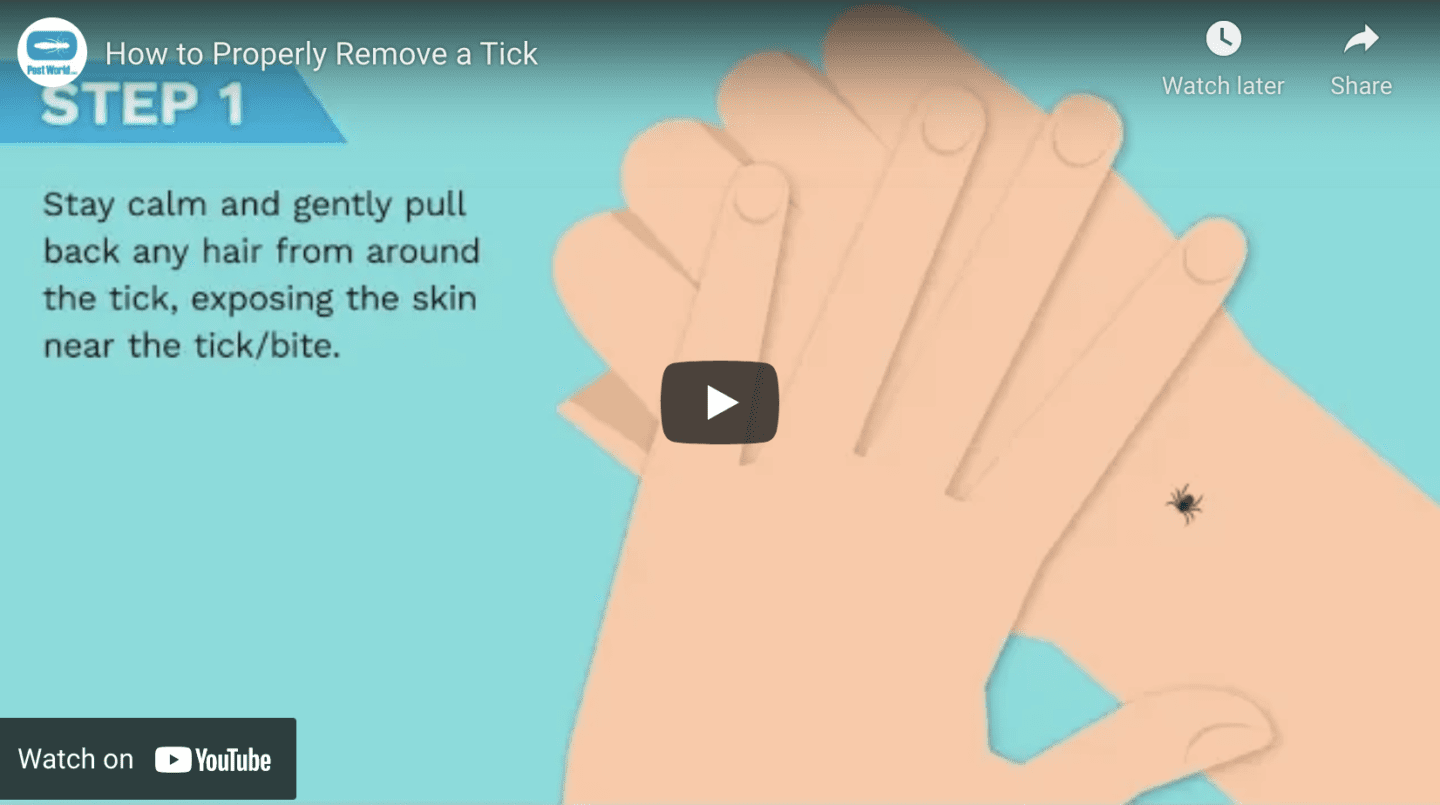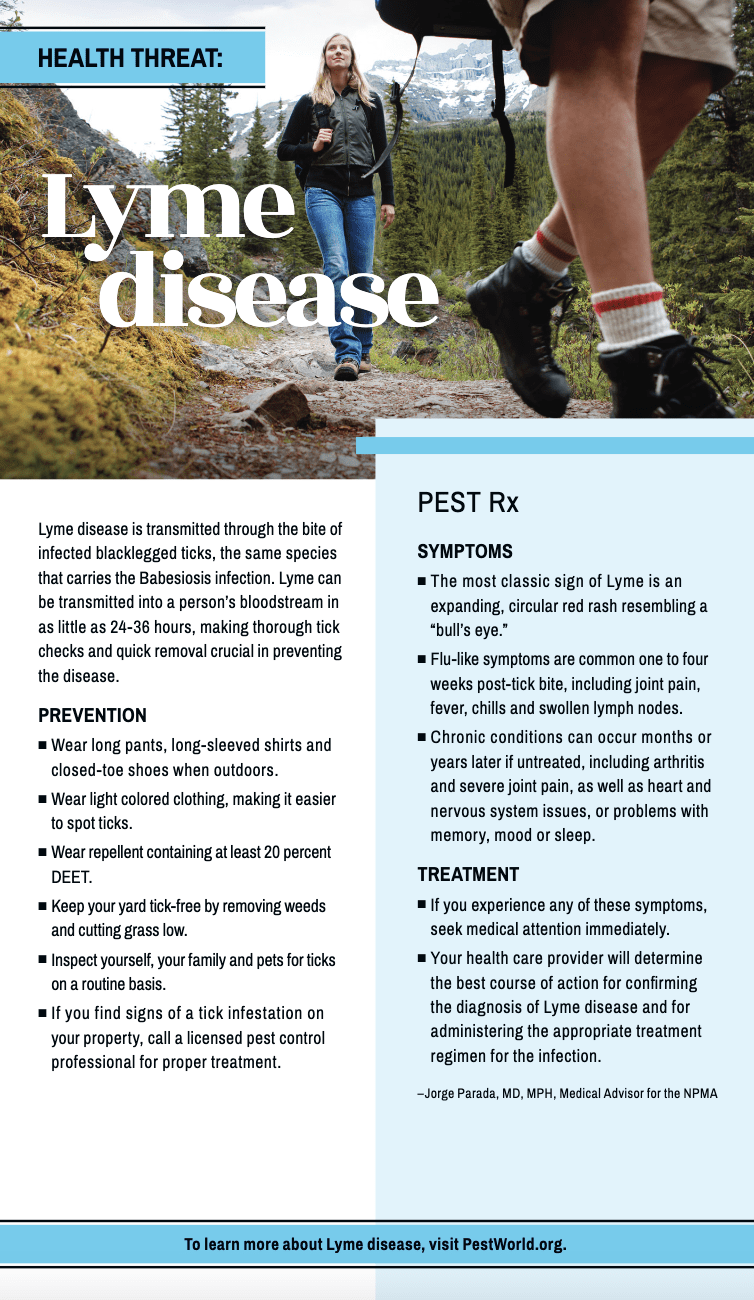Tick Awareness Week 2021
From the 10-16th of this month, we are focusing on giving you all the tools you will need to deal with all things ticks. Ticks are predicted to be one of the worst pests we’ll see this spring and summer, according to the Bug Barometer. Tick Awareness Week happens to be just before they’re supposed to start popping out. The diseases that ticks spread make this pest more than just a nuisance. They’re health threats.
But knowledge is power, friends! The more you know, the better you feel about preventing a potential problem. Below, you will find infographics, informational videos, and articles you can use as additional resources (besides calling us of course. 😉 ) We hope your spring is off to a great start!
1. Tick Removal Infographic: How to Remove a Tick
This is a step-by-step visual guide to show you how to remove a tick. There are a lot of wrong ways to do this. But the info below is the best way to remove a tick.
2. A video from Pest World about what to do when you find a tick and how to remove it
This is here in case you’d rather watch a video that shows you the steps in the above infographic. Everyone learns differently. We just want to make sure you are equipped with this knowledge.
3. Lyme Disease Health Risk Info PDF
A lot of celebrities have come forward over the last several year to vocalize what it’s like to have Lyme Disease. This health threat is more of a risk to us than we realize. Apparently, peoples’ pets have also contracted Lyme Disease from ticks. The threat is real. Read up on it below with this info card.
4. A video from NPMA about ticks
This video is very informative. Especially if you spend time outdoors. For the good stuff, start the video after the 4 min mark!
5. List of tips for tick prevention
Tick Awareness Week is a great time to brush up on your knowledge of ticks. But please take with you some tips to stay protected all year long. The list below covers all the Best Practices. Read the full article here.
- Always wear long pants, long-sleeved shirts, and closed-toe shoes when outdoors, especially in wooded areas or tall grasses.
- Wear light-colored clothing, which makes it easier to spot ticks and other insects.
- Wearing a bug spray containing at least 20% DEET when outdoors, and reapply as directed on the label.
- When hiking, stay in the center of trails, away from vegetation.
- Take steps to keep your own yard tick-free. Keep grass cut low and remove weeds, woodpiles, and debris, which can attract ticks and other pests.
- Inspect your pets for ticks on a routine basis. Just like humans, pets can contract Lyme disease from ticks.
- Inspecting yourself and your family members carefully for ticks after being outdoors.
- If you find a tick on yourself or a family member, remove it with a slow, steady pull so as not to break off the mouthparts and leave them in the skin. Then, wash your hands and the bite site thoroughly with soap and water. Ticks should be flushed down a toilet or wrapped in tissue before disposing in a closed receptacle.
- Be on the lookout for signs of tick bites, such as a telltale red bull’s eye rash around a bite. If you suspect a tick has bitten you, seek medical attention.
- Learn the symptoms of Lyme disease and consult with your doctor immediately if you believe you have contracted it.
- If you find a tick in your home or suspect you have ticks on your property, contact a licensed pest professional who can inspect and recommend a course of action to reduce or eliminate ticks on your property.





